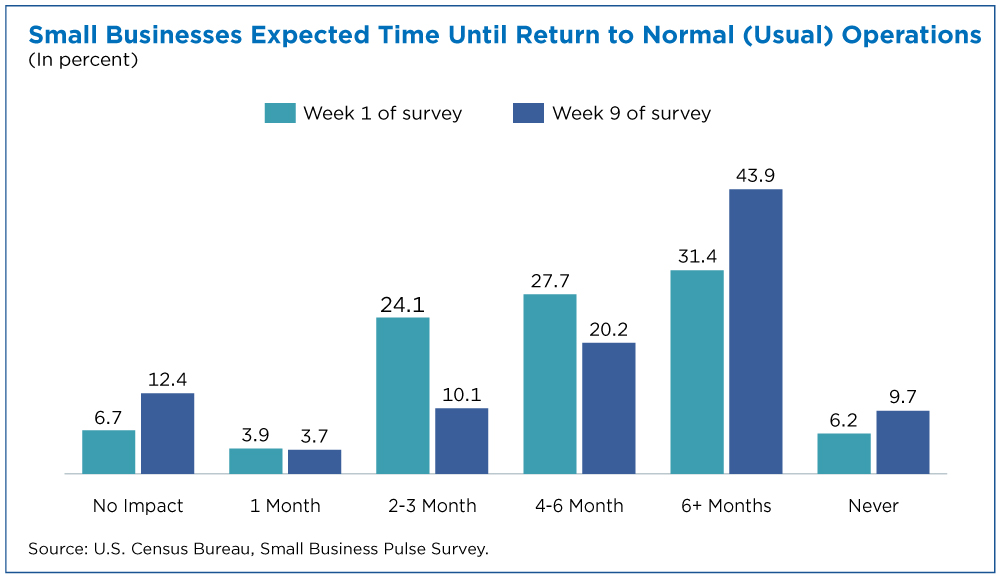
Oracle Supply Chain Management is a comprehensive solution that helps organizations respond quickly to changing conditions, build resilient networks, and improve forecast accuracy. Oracle SCM gives you complete visibility into the supply chain. This allows for flexible planning and collaboration that minimizes costs. Oracle Fusion Cloud CMS allows you to streamline your business and collaborate with your suppliers more effectively. Oracle SCM can help achieve these goals by reducing disruptions, reducing cost, and improving forecast accuracy.
An easy-to-use interface
Oracle SCM has many improvements that are related to its user-friendly interface. This new release makes the system more accessible and user-friendly. A product based analyzer script provides recommendations, solutions, and early warnings. An excellent example is the Oracle Inbound Transactions Analyzer. It is designed to detect inbound transactions issues and offer solutions. Moreover, it is highly customizable.

Cost management
Oracle SCM makes it possible to define cost management policies at the individual item level. Rather than relying on a single standard costing methodology for all items, cost profiles can be differentiated by product and manufacturing process. For instance, manufactured products may use a standard rolled-up cost, while for repair items, the actual costing will be used. It also supports multiple open or closed periods. The software also has cost simulation and copying capabilities.
Decision support
Decision support in Oracle SCM is the use of advanced analytics to improve the performance of management processes. Management can make the right decision based on information and data by using a range of business intelligence tool. Oracle Strategic Enterprise Management software is designed to help organizations use strategic management techniques. This technology allows executives to manage their costs and track their progress against a plan. Employee performance can be measured and compensated. These applications are integrated and enterprise-wide solutions that complement Oracle's other ERP systems.
Compliance with regulatory requirements
As regulatory compliance laws and regulations continue to increase, organizations need to find effective ways to manage them. Oracle has the solution. Oracle SCM regulatory compliance solutions make it easier for organizations to meet their legal compliance and regulatory compliance requirements. Organizations of any size can use the Oracle Cloud Platform for flexible deployment options. Oracle provides a wide variety of customizable, configurable products that enable customers to comply with regulatory compliance and remain compliant.

Flexible solution
Intellinum Inc. is a global leader in supply chain mobility solutions. They have created Flexi LogiPro to provide flexible solutions for Oracle SCM, Oracle WMS Cloud, and Oracle WMS Cloud. The flexible mobile solution offers a barcode enabled, customizable user interface for mobile devices. It integrates with the backend system in real time and supports Oracle SCM and WMS Cloud. It can be deployed on-premises or in the cloud. Companies can personalize mobile apps to fit their needs.
FAQ
What are the main products of logistics?
Logistics refers to all activities that involve moving goods from A to B.
They include all aspects of transport, including packaging, loading, transporting, unloading, storing, warehousing, inventory management, customer service, distribution, returns, and recycling.
Logisticians ensure that the right product reaches the right place at the right time and under safe conditions. They help companies manage their supply chain efficiency by providing information on demand forecasts, stock levels, production schedules, and availability of raw materials.
They also keep track of shipments in transit, monitor quality standards, perform inventories and order replenishment, coordinate with suppliers and vendors, and provide support services for sales and marketing.
What is the role of a manager in manufacturing?
The manufacturing manager should ensure that every manufacturing process is efficient and effective. They should also be aware and responsive to any company problems.
They should also know how to communicate with other departments such as sales and marketing.
They must also keep up-to-date with the latest trends in their field and be able use this information to improve productivity and efficiency.
How does a Production Planner differ from a Project Manager?
The primary difference between a producer planner and a manager of a project is that the manager usually plans and organizes the whole project, while a production planner is only involved in the planning stage.
What is meant by manufacturing industries?
Manufacturing Industries is a group of businesses that produce goods for sale. Consumers are those who purchase these products. To accomplish this goal, these companies employ a range of processes including distribution, sales, management, and production. They create goods from raw materials, using machines and various other equipment. This includes all types manufactured goods such as clothing, building materials, furniture, electronics, tools and machinery.
What are manufacturing and logistic?
Manufacturing is the process of creating goods from raw materials by using machines and processes. Logistics encompasses the management of all aspects associated with supply chain activities such as procurement, production planning, distribution and inventory control. It also includes customer service. As a broad term, manufacturing and logistics often refer to both the creation and delivery of products.
Is it necessary to be familiar with Manufacturing Processes before we learn about Logistics.
No. It doesn't matter if you don't know anything about manufacturing before you learn about logistics. Understanding the manufacturing process will allow you to better understand logistics.
Statistics
- You can multiply the result by 100 to get the total percent of monthly overhead. (investopedia.com)
- Many factories witnessed a 30% increase in output due to the shift to electric motors. (en.wikipedia.org)
- (2:04) MTO is a production technique wherein products are customized according to customer specifications, and production only starts after an order is received. (oracle.com)
- [54][55] These are the top 50 countries by the total value of manufacturing output in US dollars for its noted year according to World Bank.[56] (en.wikipedia.org)
- In 2021, an estimated 12.1 million Americans work in the manufacturing sector.6 (investopedia.com)
External Links
How To
Six Sigma in Manufacturing:
Six Sigma can be described as "the use of statistical process control (SPC), techniques to achieve continuous improvement." It was developed by Motorola's Quality Improvement Department at their plant in Tokyo, Japan, in 1986. Six Sigma is a method to improve quality through standardization and elimination of defects. Many companies have adopted Six Sigma in recent years because they believe that there are no perfect products and services. Six Sigma's main objective is to reduce variations from the production average. This means that you can take a sample from your product and then compare its performance to the average to find out how often the process differs from the norm. If you notice a large deviation, then it is time to fix it.
Understanding the nature of variability in your business is the first step to Six Sigma. Once you understand this, you can then identify the causes of variation. It is important to identify whether the variations are random or systemic. Random variations occur when people make mistakes; systematic ones are caused by factors outside the process itself. These are, for instance, random variations that occur when widgets are made and some fall off the production line. You might notice that your widgets always fall apart at the same place every time you put them together.
Once you've identified the problem areas you need to find solutions. That solution might involve changing the way you do things or redesigning the process altogether. After implementing the new changes, you should test them again to see if they worked. If they don't work, you will need to go back to the drawing boards and create a new plan.